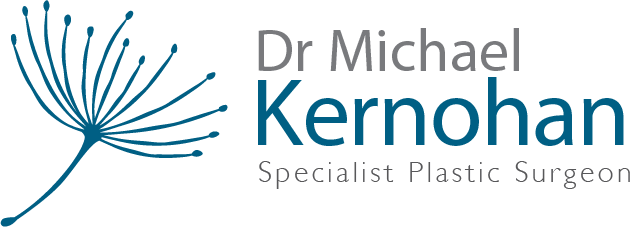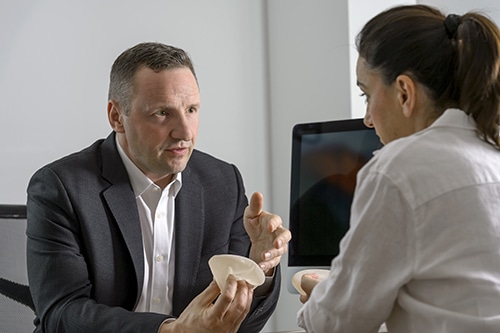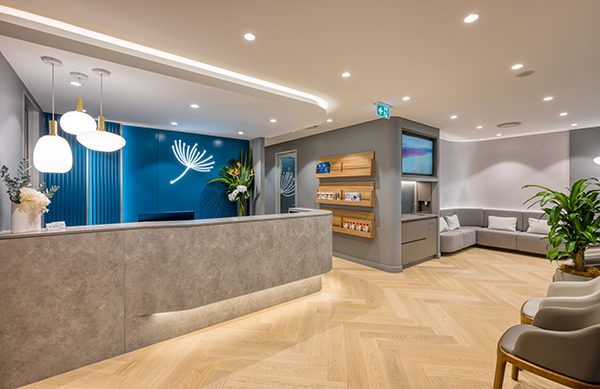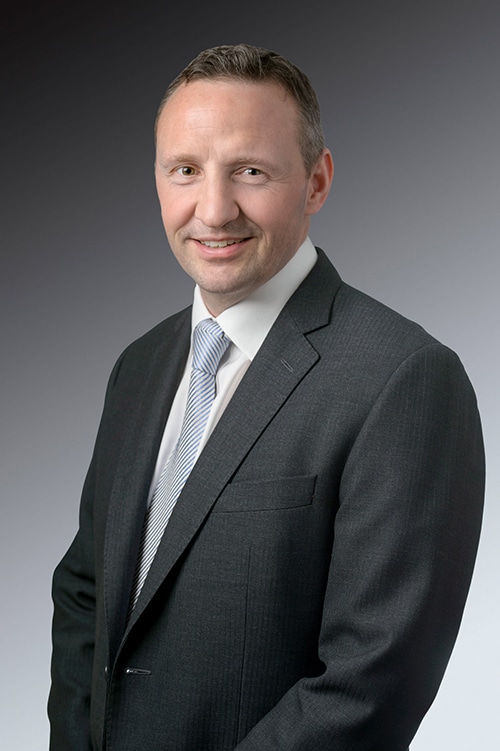Scars after FTM/N Top Surgery Procedure
The FTM/N top surgery, also known as female-to-male or non-binary chest masculinisation surgery, is a gender-confirming procedure that aims to construct a male or more masculine chest appearance. To understand how scars form, heal, and fade, after FTM/N surgery it’s necessary to understand the surgery itself. The procedure primarily involves the removal of breast tissue and excess skin, and the resizing, reshaping, or repositioning of the nipples and areolas. The specifics of the operation will vary from person to person, depending on their physical attributes and the desired outcome. The surgery is carried out under general anaesthesia and can take between 2 to 4 hours.
Most often, there are two main surgical techniques employed: the peri areolar (or “keyhole”) method and the double incision method. The keyhole method is used for individuals with smaller chest sizes and good skin elasticity. This method involves a single circular incision around the areola where the breast tissue is removed.
On the other hand, the double incision method is used for individuals with larger chests or less skin elasticity. It involves two horizontal incisions across the chest, and the nipple and areola are usually resized and grafted into a new position. This method can result in more noticeable scarring but allows for greater chest contouring.
Dr Michael Kernohan, an experienced Sydney specialist plastic surgeon, offers a broad range of services, including gender-affirming surgeries
Take the Quiz
What to Expect During Recovery after FTM/N Top Surgery
Recovery after FTM/N top surgery is a process that requires patience and diligence. After the procedure, you’ll need to spend at least one night in the hospital. Following that, you’ll have to wear a surgical compression vest and have drains in place to reduce swelling and aid healing. These are usually removed within one to two weeks after the surgery.
Once you’re home, it’s important to take things easy. Activities will be limited, especially those involving the upper body. Lifting objects, strenuous exercises, and even stretching are generally discouraged for at least four to six weeks to allow for proper healing.
During this time, you may experience swelling, bruising, and discomfort in the chest area. Pain medication and anti-inflammatory drugs are often prescribed to help manage these symptoms. Regular follow-ups with your surgeon will also be scheduled to monitor your healing progress.
About two weeks after the surgery, you may start noticing scar formation. Scars after FTM/N top surgery are normal and are a part of your body’s healing process. They may appear red, raised, and firm at first, but over time, they will mature and become softer and lighter.
Scar Formation after Female to Male/Non-binary Top Surgery
Scars form as a natural part of the body’s healing process. When the skin is injured – as it is in the case of a surgical incision – the body works to repair the wound. The skin consists of two main layers: the outer layer, known as the epidermis, and the inner layer, the dermis. When an injury reaches the dermis, it triggers the body’s healing response.
This process involves inflammation, tissue formation, and remodelling. Initially, the body forms a clot to stop bleeding and releases chemicals that attract cells known as fibroblasts. These cells start producing a fibrous protein called collagen, forming a scaffold on which new tissue can grow. This is the beginning of the scar formation process.
In the early phase, you might see your scar as red and somewhat raised. This is because new blood vessels are forming to provide nutrients to the healing tissues, making the area appear redder. The collagen is also randomly arranged at this stage, causing the scar to feel harder or firmer.
Over the weeks and months that follow, the body continues to remodel the scar. The new blood vessels disappear, which is why mature scars lose their redness. The collagen is also rearranged and realigned, causing the scar to become less raised and softer over time.
The Different Stages of Scar Healing
Scar healing is a complex process that unfolds over various stages. The process begins immediately after an injury and can continue for months or even years. Understanding these stages can help you better manage your scars after FTM/N top surgery.
The first stage is the inflammatory phase, which begins immediately after injury. You’ll notice this as bleeding stops, and the area around the wound becomes red, swollen, and warm. This phase lasts for a few days and is a sign that your body is clearing away damaged tissue and fighting any potential infection.
Next is the proliferative phase, where the body starts to rebuild the damaged tissue. This occurs by producing collagen and forming new blood vessels, causing the wound to close and the scar to become raised and red. This stage can last for several weeks.
The last stage is the maturation or remodelling phase, which can last anywhere from several months to a few years. During this time, the scar slowly becomes softer, flatter, and paler. The body is restructuring the collagen within the scar, which changes the scar’s appearance over time.
Remember, healing is not a linear process, and each person’s scar may heal differently based on various factors. It’s important to monitor your scars and communicate any concerns with Dr Kernohan.
Scar Care Immediately Following Surgery
After your FTM/N top surgery, taking proper care of your incision lines is important to aid healing and reduce the appearance of scars. Dr Kernohan will provide detailed instructions on wound care, which you should follow closely. Here are some general guidelines:
Keep the area clean. This usually involves washing your hands thoroughly before touching the incision area and gently cleaning the area with mild soap and warm water. Avoid scrubbing the wound or using products that may irritate the skin, like alcohol or hydrogen peroxide.
You’ll need to keep the area dry, except when cleaning. Moisture can promote bacterial growth and delay healing. After washing, pat the area dry gently using a clean towel.
Protecting the incision from sun exposure is also vital as it can darken the scar and slow down the healing process. Therefore, when going out, make sure to wear clothing that covers the area or use a sunscreen with a high SPF, once your surgeon gives the okay.
You will need to pay attention to any signs of infection, such as increased pain, swelling, redness, or a discharge from the wound. If you notice these, contact your medical team immediately.
Following a balanced diet can also support healing. Eating foods rich in protein, vitamin C, and zinc can provide your body with the necessary nutrients to repair the skin and form collagen.
Long-Term Scar Care
After the initial healing phase, your focus will shift to long-term scar care. The goal is to promote further healing and reduce the visibility of scars. Here are some strategies:
Moisturising the scar can be beneficial. Using a fragrance-free moisturiser can help keep the skin hydrated and promote flexibility. However, before applying any product to your scar, make sure it’s completely healed and always consult with Dr Kernohan.
Massaging your scar can also help. It can increase circulation to the area, reduce scar tissue build-up, and improve the scar’s appearance over time. Your plastic surgeon can show you the correct technique for this.
Protecting your scar from the sun remains important even after it has healed. Prolonged sun exposure can darken the scar and make it more noticeable. Therefore, continue to use sun protection strategies, like wearing clothing that covers the scar or applying a high-SPF sunscreen.
Maintaining a healthy lifestyle is crucial in the long-term care of your scar. Regular exercise (once approved by your plastic surgeon), a balanced diet, adequate hydration, and proper sleep can all contribute to better healing and a less noticeable scar.
Treatment Options for Scar Reduction
Scars resulting from FTM/N top surgery can vary significantly in appearance and might take time to fully heal and fade. It’s important to understand that while you may not eliminate them entirely, various treatment methods can significantly improve their appearance. Here, we’ll discuss these treatments in more detail:
Topical treatments
Topical treatments are products that you apply directly to your skin. They can be beneficial in improving the appearance of scars, especially when used consistently over time. They’re generally considered safe but should be used under the guidance of your plastic surgeon.
- Silicone-based products: Silicone is widely recognised for its effectiveness in scar treatment. It works by providing a protective barrier that helps retain moisture, reducing collagen production and regulating growth factors. This can help keep the scar hydrated, soften it, and reduce redness and itching. It comes in several forms:
- Silicone sheets: These are self-adhesive sheets that you place over your scar. They’re reusable and usually worn for several hours each day
- Silicone gels or creams: These can be applied like a regular cream or gel and can be a more flexible option, especially for scars in visible or mobile areas
- Silicone sprays: These can be a convenient option for larger scars or hard-to-reach areas
- Vitamin E: Vitamin E has antioxidant properties and is often used to support skin health. Some research suggests it might help improve scar appearance, but results have been mixed. It’s usually applied as an oil or cream
- Onion extract: Onion extract has anti-inflammatory and antibacterial properties. Some over-the-counter scar products contain this ingredient. Keep in mind that research results on its effectiveness are mixed
- Prescription creams: If over-the-counter options are not giving you the results you desire, your plastic surgeon might prescribe a stronger treatment. For instance, creams containing retinoids can help remodel the collagen within the scar, making it less visible
Non-surgical treatments
Non-surgical treatments can be beneficial for scars that are more pronounced or causing discomfort. These procedures are performed by trained professionals and may require multiple sessions:
- Laser therapy: This method uses focused light to remove or improve the appearance of scars. It’s a common scar treatment that can target various aspects of the scar, such as its colour, thickness, and texture. There are several types of laser treatments available, and the choice depends on the scar’s characteristics and the person’s skin type
- Ablative lasers remove thin layers of skin, which stimulates the growth of new, healthier skin cells
- Non-ablative lasers stimulate collagen production without damaging the skin’s surface
- Vascular lasers target blood vessels in the scar tissue to reduce redness
- Steroid injections: These can be useful for raised scars. The steroids help to reduce inflammation and slow down the excessive production of collagen, helping the scar become flatter and softer over time
- Microneedling: This treatment involves creating tiny punctures in the skin using very fine needles. This process stimulates collagen production and can lead to improved scar appearance. Microneedling can be combined with other treatments, such as topical creams, for enhanced results
FAQs about FTM/N Top Surgery Scars

How long does it usually take for top surgery scars to heal?
- The healing process can vary significantly from person to person, depending on factors like their overall health, surgical technique used, and post-operative care. Generally, the initial healing of the wound might take a few weeks, while the scar maturation process, during which the scar softens and fades, can take up to a year or longer.
Is it possible to completely remove or erase top surgery scars?
- While various treatments and practices can significantly improve the appearance of top surgery scars, completely erasing them is not possible. Remember that scars are a normal part of the body’s healing process after surgery. The aim of scar care is not to completely eliminate the scar but to aid in its healing and help it fade as much as possible.
Can I reduce the visibility of my scars naturally, without professional treatments?
- Yes, many aspects of scar care can be managed at home, including proper wound care, scar massage, the application of silicone sheets or gels, sun protection, and maintaining a healthy lifestyle. However, if you’re not satisfied with the progress, it’s worth discussing professional treatments with your plastic surgeon.
Does physical activity affect scar healing?
- Physical activity can indeed influence scar healing. During the initial healing phase, excessive movement or strain can disrupt the healing process. Once the wound has healed, moderate, non-straining physical activity can promote blood circulation and aid in scar maturation.
Further Reading about Gender Affirmation Surgery with Dr Kernohan
- Read Dr Kernohan’s FTM Top Surgery
- Read Dr Kernohan’s MTF Top Surgery
Read Dr Kernohan’s What is a WPATH Letter for Top Surgery? - Read Dr Kernohan’s Page about Medicare Coverage
- Read Dr Kernohan’s Gender Affirmation Surgery
- Read Dr Kernohan’s Risks of Plastic Surgery Page
- Read Dr Kernohan’s Gynaecomastia Scars – Treatment, Healing and Fading
- Read Dr Kernohan’s Blog Recovery After FTM/N Top Surgery
- Read Dr Kernohan’s Blog about Will Medicare Cover Gender Affirmation Surgery
Medical References about Gender Affirmation Surgery
- Gender-affirming Care for Transgender Patients – NCBI
- Female-to-Male (FTM) Top Surgery – Cleveland Clinic
- Transfeminine Top Surgery – American Society of Plastic Surgeons
- Transgender Chest Surgery, Male to Female – Australasian Society of Aesthetic Plastic Surgeons






